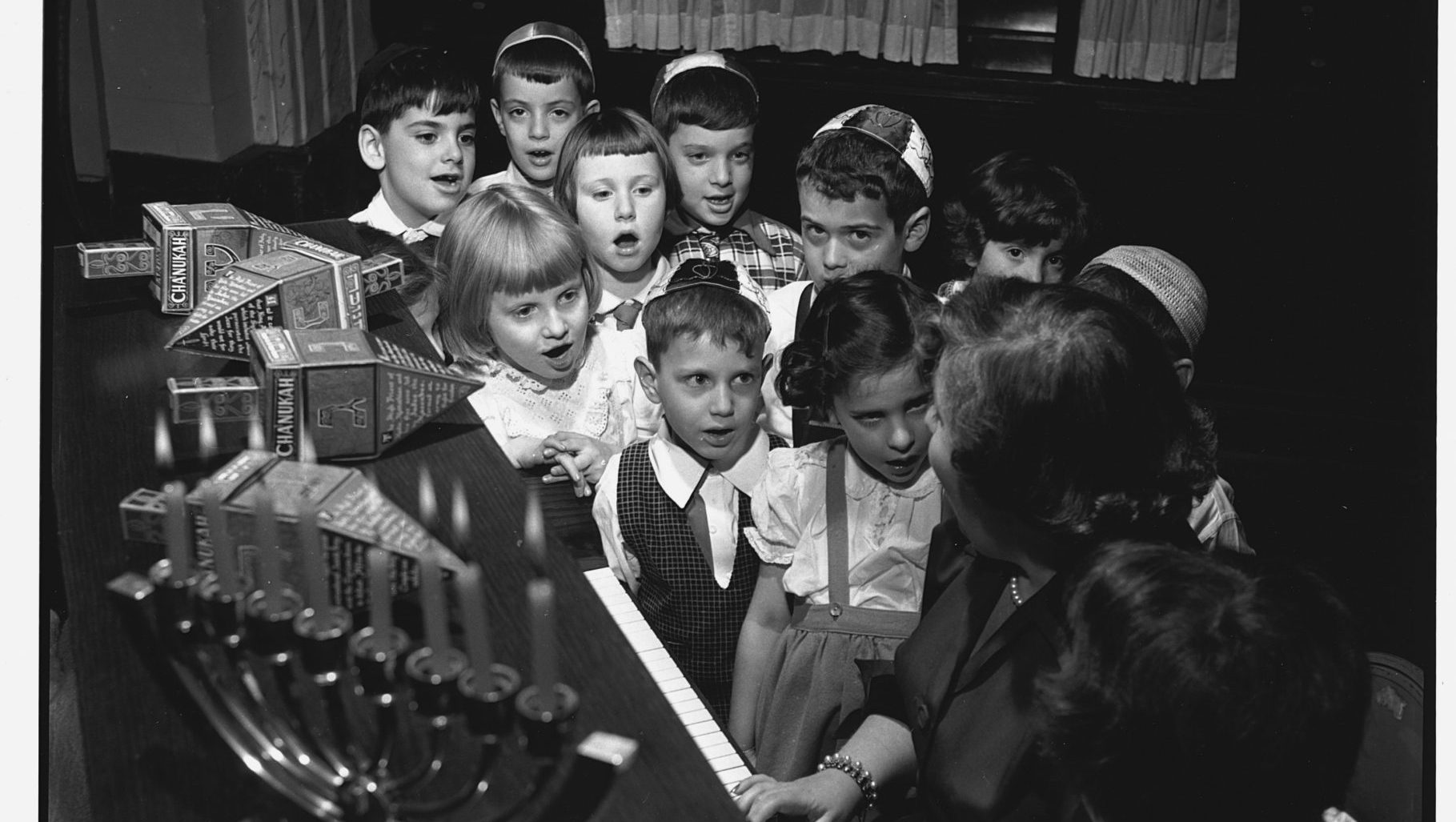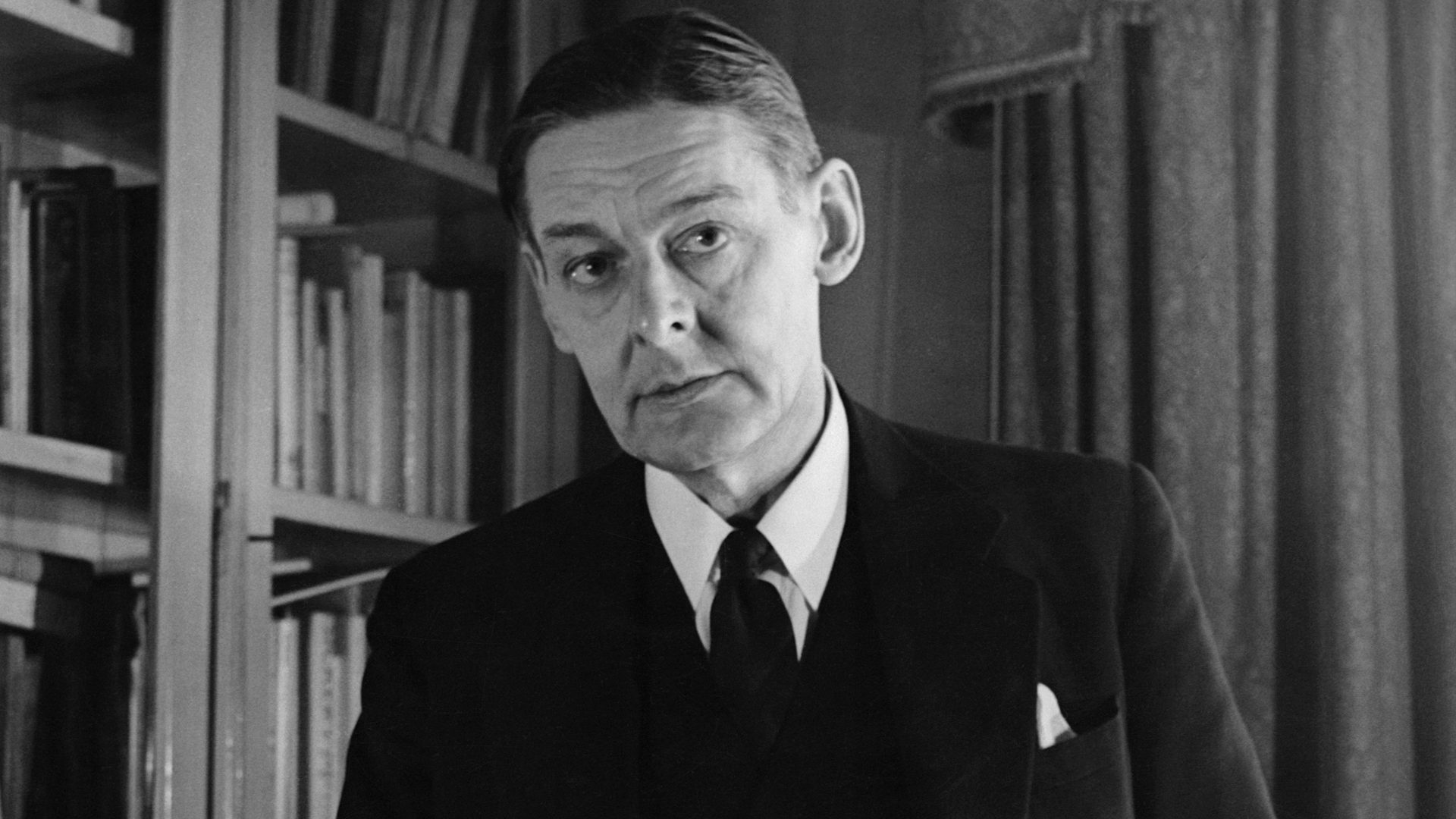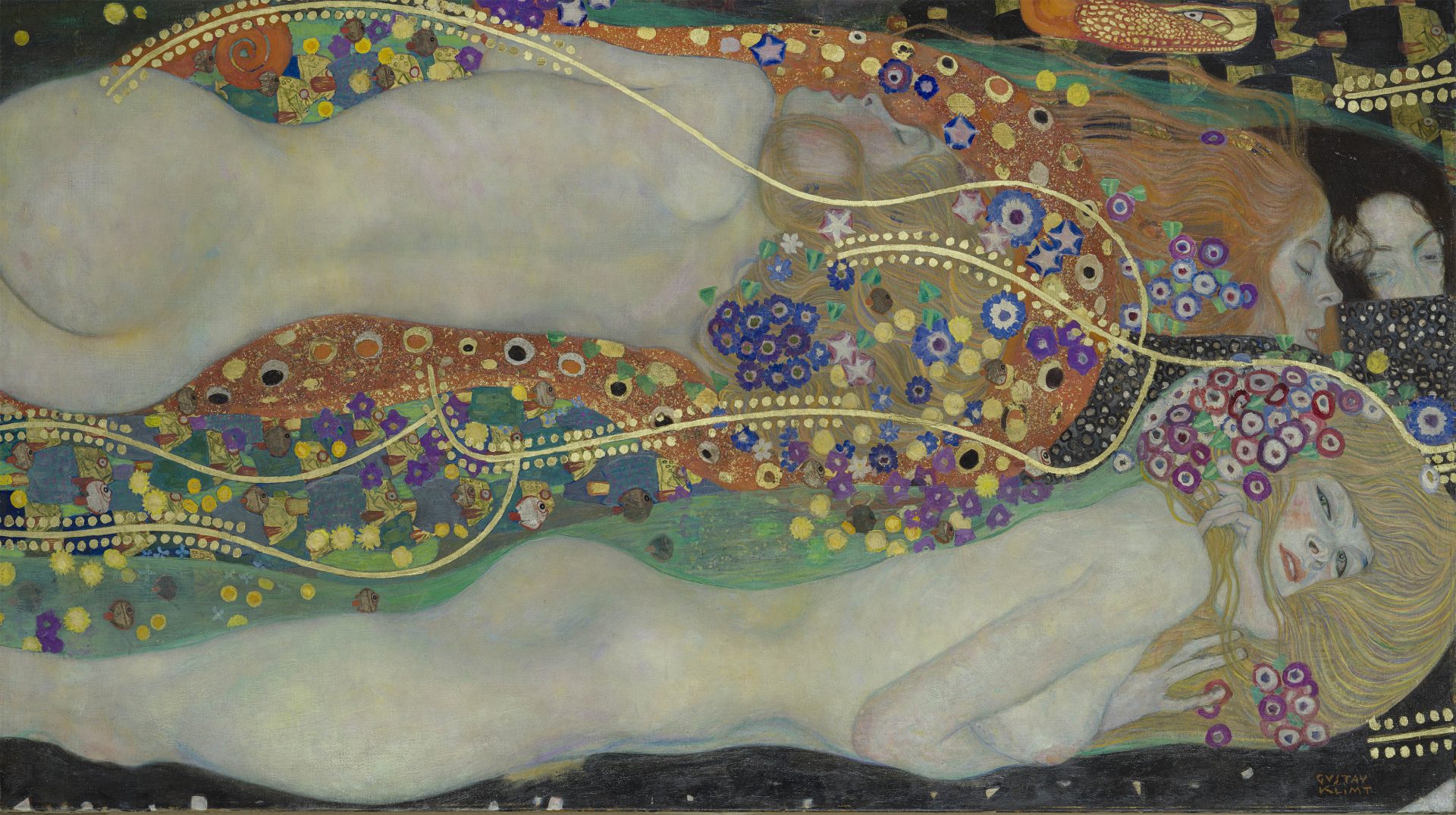At sunset on Sunday, Hanukkah begins. The Festival of Lights, marked by lighting the candles on the menorah, commemorates the rededication of the temple in Jerusalem during the Maccabean Revolt against the Greeks in 164BC. It is, like many Jewish holidays, a celebration of the survival of a people and of a faith, and it will be marked with the singing of traditional songs whose stories show how that survival has been lived out in different times and places in Europe.
Ma’oz Tzur (Rock of Ages) celebrates the Jewish survival of the persecutions of the Egyptians, Babylonians and Persians, and tells the Talmudic story of the Hanukkah miracle, when a day’s worth of oil burned for eight days – a potent symbol of survival. But Ma’oz Tzur is in fact rooted in the crimes perpetrated against the Ashkenazi Jews during the Crusades, and the Rhineland Massacres of 1096 in particular.
Ma’oz Tzur originated as a Hebrew piyyut (Jewish liturgical poem), and the song’s call for God to strike down Christians (“the barking foe” and “the wicked nation”), clearly situate it the context of the pogroms of 11th- and 12th-century Germany. Rabbi Mordechai ben Hillel of Nuremberg, killed in a pogrom in 1298, and Rabbi Eliezer ben Nathan of Mainz, who lived over a century earlier, have been cited as possible authors of Ma’oz Tzur, and the music is a German folk tune from hundreds of years later.
Other Hanukkah songs have their roots in the cradle of the Jewish diaspora – the towns and villages of the lost world of pre-war central and eastern European Jewry, and they are as concerned with joy and celebration as the canonical Christmas songs.
Other than the menorah, the dreidel or sevivon – a four-sided spinning top –
is the key symbol of Hanukkah. The popular song Sevivon follows this ludic
theme, and the writer of its words, Levin Kipnis, was someone who understood children well. A prolific writer of children’s stories and songs, he founded a children’s theatre, was involved in teacher education and even managed an orphanage for a time. For his creation of a Hebrew-language culture for children, he would be referred to as the “King of Children”.
But Sevivon also recalls the Hanukkah story directly, using the phrase that the four Hebrew letters on the dreidel’s sides represent – “Nes gadol haya po/
sham” (A great miracle happened here/there – the final word depends on whether one is in Israel or not) – and thus incorporates the survival theme.
Kipnis’ own experiences meant he understood this first hand, having been born in the Ukrainian part of the vast Jewish reservation that was the Pale of
Settlement, and fled the enforced poverty and persecution under the Russian Empire by emigrating to Ottoman Palestine in 1913, aged 19. He was one of millions to do so.
Another songwriter from the Pale of Settlement, Mordkhe Rivesman, born in Vilnius in the 1860s, would also refer to the sevivon or dreidel in his all-time classic Yiddish song Khanike Oy Khanike, which paints a vivid picture of the pleasures of Hanukkah: “Ale nakht in dreydl shpiln mir/ Zudik heyse latkes esn mir” (All night we’ll play the dreidel/ While endlessly eating piping-hot latkes). Meanwhile, three Polish Jews came up with the dreidel song par excellence.
I Have a Little Dreidel was written in the late 1920s by Samuel Goldfarb. Born in a Polish town in what was then Habsburg Austria, he grew up in a tenement in the vibrant immigrant Jewish community in New York’s Lower East Side after the family, which comprised 11 children, emigrated. The son of a cantor, Goldfarb balanced performing liturgical songs at Manhattan’s synagogues with playing piano in a Yiddish theatre and writing secular Jewish songs. With his older brother Israel, who wrote the popular tune for the hymn Shalom Aleichem, sung on a Friday night to welcome the Shabbat, he compiled two songbooks which became a staple in American Jewish schools.
The Goldfarb brothers also wrote the tune used for the three Hanukkah blessings sung as the menorah candles are lit, but I Have a Little Dreidel, with
its nursery rhyme-like quality, is still the best-loved of their songs. Mikhl Gelbart, who was born near Łódź in 1889 and went to the US in 1912, wrote the Yiddish version of the song, one of over 100 songs in the language that he
contributed to Jewish American culture.
As these songs are sung throughout next week, they will forge a link to a difficult past even as they celebrate a living culture.
HANUKKAH in four songs
Erran Baron Cohen and Dana Kerstein, Ma’oz Tzur (2008)
Its words date back at least 800 years, but this version appeared on Songs in
the Key of Hanukkah (2008), which features Sacha Baron Cohen’s composer older brother in collaborations with Ethiopian-Puerto Rican Orthodox Jewish Brooklyn-based rapper Y-Love, among others.
Kenny Ellis, Sevivon, Sov, Sov, Sov (2005)
Taken from the American cantor’s album Hanukkah Swings!, this is a joyful version of the song with words by Ukrainian-born Levin Kipnis and music by Latvian ethnomusicologist Abraham Zevi Idelsohn.
Chicago a cappella, Ikh Bin A Kleyner Dreydl (2002)
The singing ensemble perform the Yiddish version of this song by the Polish-born Mikhl Gelbart. The original recording of the English version by Samuel Goldfarb sung by Arthur Fields in 1927 also survives.
Animal Farm, Khanike, Oy Khanike (2018)
The Colorado-based “Kindie-rock” band who make “grown-up music for
kids” recorded this much-loved Hanukkah song, which has its roots in 19th-century Lithuania.




